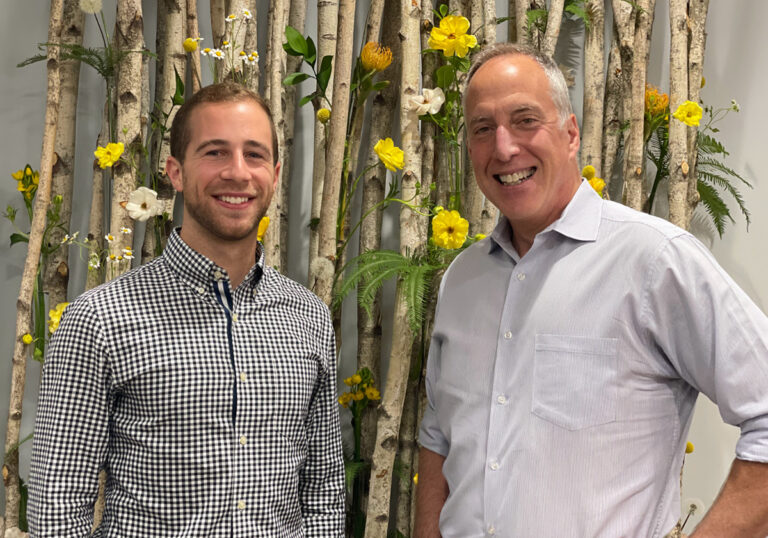Tooth Anatomy – Understanding Your Teeth Inside and Out
Your teeth are one of the most amazing parts of your body. Besides being the hardest substance in the human body and playing a key role in eating, they are also important for speech. Many people also consider a smile to be important cosmetically. Since your teeth play a crucial role in many aspects of your life, it’s good to know more about them so that you can take better care of them. Learning more about the anatomy of your teeth can help you communicate with your dentist to ensure you’re always receiving the best dental care.
What are the parts of a tooth?
There are 5 main parts of a tooth that you should know:
- Enamel: The enamel is the outer layer of your teeth. This is the hardest layer of your teeth and the layer that gives your teeth their brilliant white shine. The enamel is mostly made from calcium phosphate, which is a very hard mineral.
- Dentin: The dentin is the layer directly underneath your enamel. It is a hard layer that is primarily made up of microscopic tubes. If your enamel gets damaged, heat and cold can enter the tooth through these paths, causing pain and sensitivity.
- Pulp: The pulp is the soft inner tissue of the tooth. Nerves and blood run through the pulp. Infection of the pulp is a common cause of root canals.
- Cementum: The cementum is connective tissue that holds the roots of your teeth to your gums and jawbone.
- Periodontal Ligament: The periodontal ligament is additional tissue that holds your teeth to your jaw.
What are the different kinds of teeth?
Most adults have a total of 32 teeth in their mouth.
- Incisors: The incisors are the middle teeth at the very front of your mouth. You have 8 total – 4 on the top and 4 on the bottom.
- Canines: The canines are the next teeth back from your incisors. They are well known for their pointy appearance.
- Premolars: The premolars are the teeth in between your canines and your molars.
- Molars: The molars are the wide and flat teeth at the back of your mouth that are best for chewing.
- Wisdom Teeth: Wisdom teeth, also known as the third molars, are the teeth at the very back of your mouth. In most people, they come in around the age of 18 and are frequently removed surgically.
We hope that this information helps you understand your pearly whites a little better.
If you have any questions about tooth anatomy, please call our Burtonsville, MD office at (301) 989-0088.
How to Teach Your Child the Value of Oral Hygiene
As a parent, it’s a very daunting task to teach your child the value of oral hygiene. It is especially difficult when they are in the preschool years and more likely to be distracted and uninterested in what you have to say. The key, according to dental instructor Elizabeth J. Hodges, who often lectures on this topic, is to make teaching fun for both parent and child.
This blog will discuss some ideas on how to keep your child interested in their oral health.
Why It Matters
Keeping good oral hygiene is so important as a child. As a parent, you probably know this, but how do you convince your child that it is important. When you maintain a clean mouth, you will have lesser chances of dental diseases and tooth loss. Good dental hygiene also plays a huge role for aesthetic reasons as it keeps your teeth looking polished and white and also reduces the chance of experiencing bad breath.
Habits to Teach
Regular Dental Checkups
It’s important to take your child to the dentist for regular checkups (at least every six months). This will help them get into the habit of seeing a dentist on a regular basis, which will help them even as they grow into adults.
Eating Healthy Foods
Eating healthy at a young age is so important for children. This will help them get into the habit of eating fruits and vegetables and actually enjoy them. Eating healthy is great for oral health and will keep their teeth stay in good condition
Brushing Twice a Day
Showing your child that it is important to brush their teeth twice a day is a great practice. You can even start this before your child actually starts teething. You can start by wiping their gums with a soft foam, and once they start to grow teeth, you can upgrade to a baby toothbrush. This will help your child to grow up with the familiarity of having their teeth brushed.
Flossing
Teaching your child at a young age that not only brushing, but also flossing your teeth is another great way to keep their mouth healthy. If this is difficult for you as a parent, you can have your dentist help show them at their regular checkup!
Lead By Example
Your child learns the most from you as their parent. Showing them how important oral hygiene is and practicing good oral hygiene is one of the best ways for them to learn. When you put both your child’s and your own dental hygiene as a top priority, your child will grow up understanding the importance of taking care of your teeth.
It is imperative to teach your child how to take care of their teeth at a young age. We’re always happy to answer any questions or address any concerns you may have. Call our Burtonsville, MD office today at (301) 989-0088 and we can schedule an appointment.

